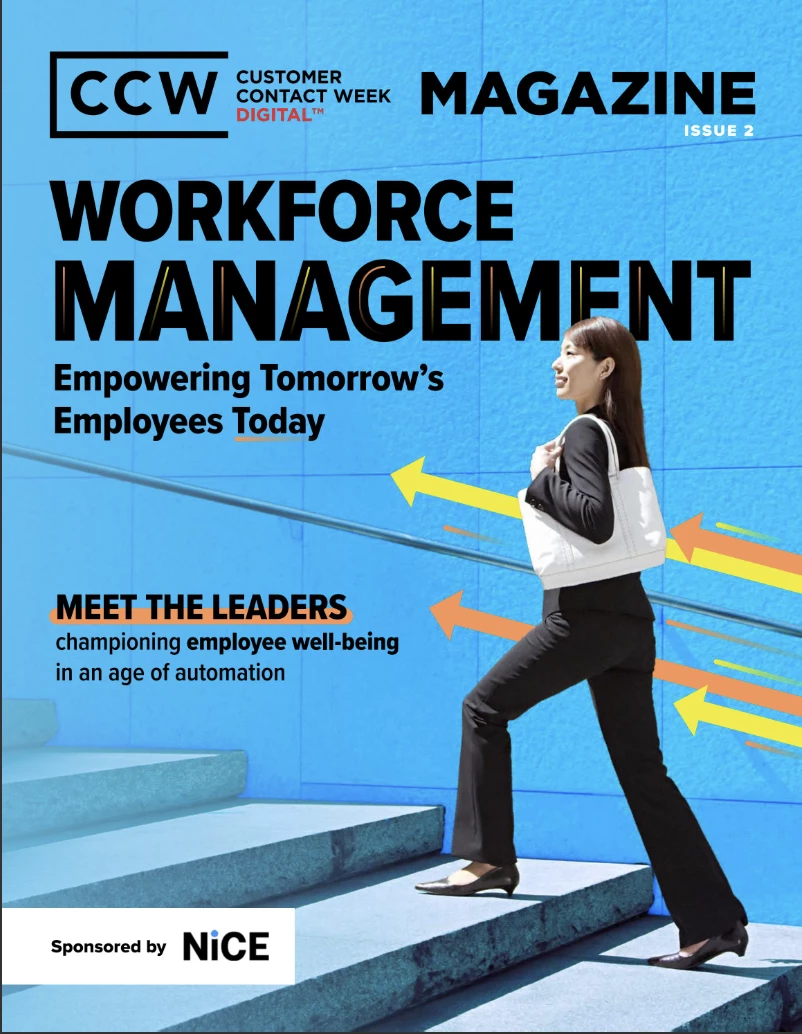4 Overlooked Challenges of Remote Onboarding
Add bookmark
The pandemic has transformed office life in so many ways, and although companies are working tirelessly to mirror the in-office experience remotely, some challenges will likely persist. When considering all of the areas impacted, onboarding and recruiting faced some of the most prominent difficulties in performing even the most standard practices. With the hiring process so firmly based on face-to-face interaction, businesses have been forced to think outside of the box to recreate a successful employee experience. However, these efforts typically address broader challenges of the hiring and onboarding process, leaving some more basic concerns overlooked.
Although businesses continue to discuss these larger themes, like a lack of collaboration and Zoom fatigue, here are a few under-discussed challenges of the remote onboarding process:
The ‘Coldness’ of AI Recruitment
In one of the greater benefits of the new remote environment, companies now have access to much larger applicant pools. Employees are no longer constrained by their location; they can apply for positions in any city, with no worry of an impossible commute.
But with this massive supply of applicants, comes volume overload, and businesses have been forced to revamp their recruiting processes to simplify initial screenings. Although this may have been an ongoing trend, the pandemic has greatly accelerated the need for these new technologies.
AI software can now be used as a first-round tool to both identify and vet applicants before ever even speaking to a potential candidate. The services emphasize fairness in their platforms; without human intervention, they can provide an unbiased approach to recruiting. In a recent article by BBC reporter Andrea Murad, she detailed her experience with AI recruitment software in applying for a new publishing job. She noted that the platform had her work through simple online games, counting dots in boxes, and matching emotions to facial expressions. The software assessed her personality and effectively passed or failed her application, causing her to consider whether or not it seems fair for a computer to reject your job application.
This question is difficult, but it uncovers one of the missing pieces of virtual recruitment. Without any face-to-face connection, it can be difficult for both sides to determine if there is a fit. And even though this software can be highly effective in determining baseline characteristics, are they enough to completely weed out certain candidates? Additionally, it’s important to consider how applicants feel about allocating their time for an interview that may never be seen by a real person - in an already isolated environment, this can feel cold and inconsequential.
Over Communication in the Distributed Environment
At the height of the pandemic, companies continually worked to promote collaboration. This makes sense; with employees at home, there was an obvious lack of communication. Without the ability to physically see coworkers, these spontaneous conversations seemed to drop significantly. While this is an obvious problem in itself, in some cases, it leads to a kind of over-communication that can be just as detrimental to productivity.
In a recent article discussing the idea of remote office politics, Stanford professor Nicholas Bloom noted that graduates who are meant to work long hours, after joining banks or law firms, may feel pressured to overcommunicate to establish credibility. In these instances, they may be sending a plethora of unnecessary emails or instant messages to show managers they are in fact still working hard. When supervisors can’t physically see employees in the office, it becomes less clear how many hours individuals are working or how much time they’re actually spending on projects.
This overcommunication can be detrimental to both the employee, making them feel insecure about the amount of time they’re putting in, and for the employer, if they feel bombarded by constant check-ins.
Onboarding for All
Onboarding for new virtual employees obviously represents a challenge. Establishing a routine while learning tons of new software and meeting new coworkers is a difficult feat. The fact that new employees are doing it all on Zoom makes this an exceptional undertaking.
However, what about the rest of your employees? While it may be obvious that new employees need devoted attention during this difficult period, it becomes less clear when transitioning more seasoned employees.
The pandemic brought on so many changes, from restructures to shifting responsibilities, employees have been through a lot. Companies may not be recognizing how many changes employees are truly responding to and they also may not be preparing them properly. The idea of onboarding is to equip individuals with the tools to take on their new role, therefore current employees should benefit from these training opportunities as well. With evolving responsibilities, new software, and changing policies, all employees benefit from a greater emphasis on fundamentals.
Out of Office Bonding
The introduction of Zoom happy hour was fun, at first. It gave employees a reason to connect with coworkers and spend a little extra social time with friends. But the whole virtual concept kind of defeats the purpose of a regular happy hour, it represented an opportunity to actually leave the office while still spending time with coworkers.
The difference is, the Zoom happy hour still largely happens in the office, in a sense, since individuals’ homes are also their office. Moments where colleagues had the chance to leave the office together, whether it be to grab a coffee or a beer, gave them an opportunity to freely converse. These conversations were oftentimes productive, giving individuals the space to speak their mind or discuss problems they may be encountering in a less ‘forced’ environment.
These instances are currently missing in the remote environment, and they may not be resumed until individuals return to the office. But it’s worth considering alternatives to the more structured social gatherings.
Photo by Julia M Cameron PEXELS


























